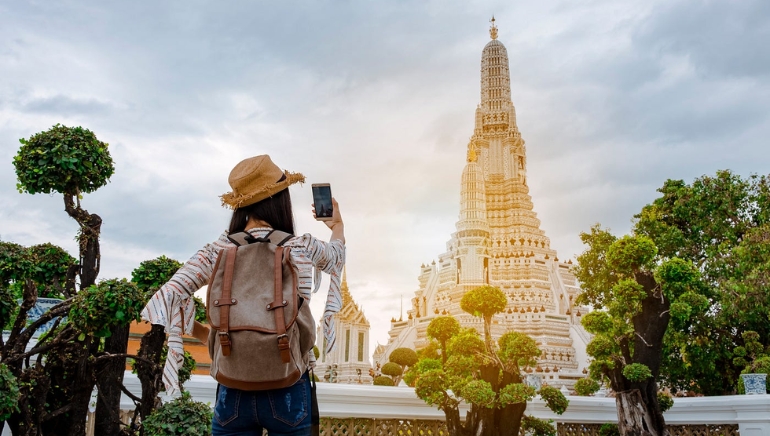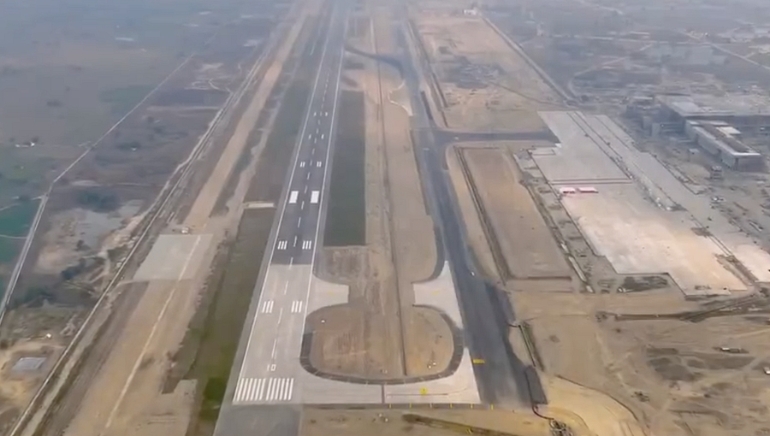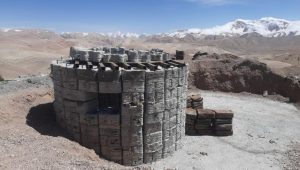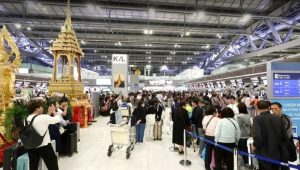The UAE has announced a ‘Green Intellectual Property’ agenda to boost its position in sustainable innovation and attract advances in green technology. The program intends to expedite patents in environmentally friendly areas, decreasing approval time to three months rather than the normal six months to a year.
The measure is designed to increase the UAE’s competitiveness by attracting professionals in renewable energy and environmental technology. Abdulla bin Touq, Minister of Economy, described it as a “new milestone” in promoting sustainable innovation. To put the roadmap into action, the UAE will work with local stakeholders as well as the World Intellectual Property Organisation.
Dr. Abdulrahman Al Muaini, Assistant Undersecretary for Intellectual Property, noted that the program intends to grow green patent registrations to 8% of the total. In 2023, 3,622 patent applications were filed in UAE.
According to Abdulla Ahmed Al Saleh, Undersecretary at the Ministry of Economy, the proposal provides robust legal protection for green inventions. Innovators, institutions, and universities are encouraged to capitalise on its benefits. The launch coincides with Innovation Month 2025, which includes UAE Innovates activities that promote technical and sustainability-driven breakthroughs.
























